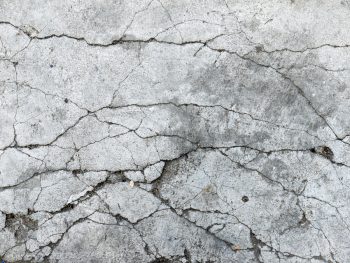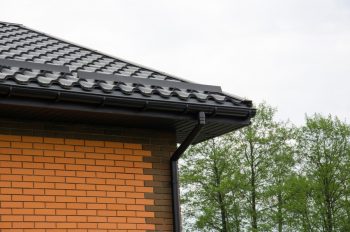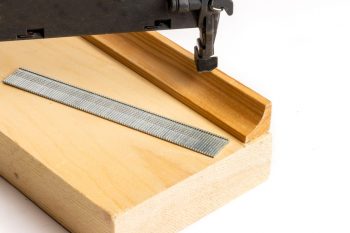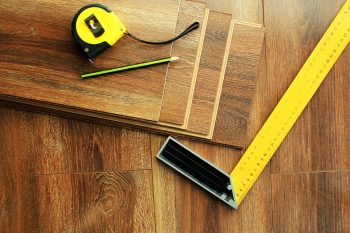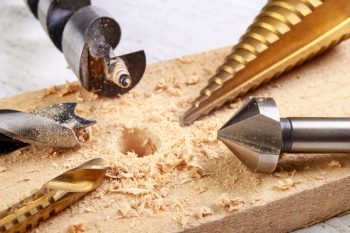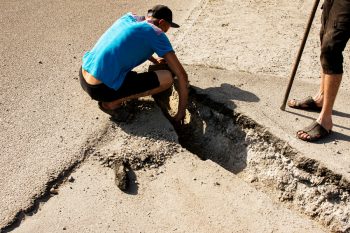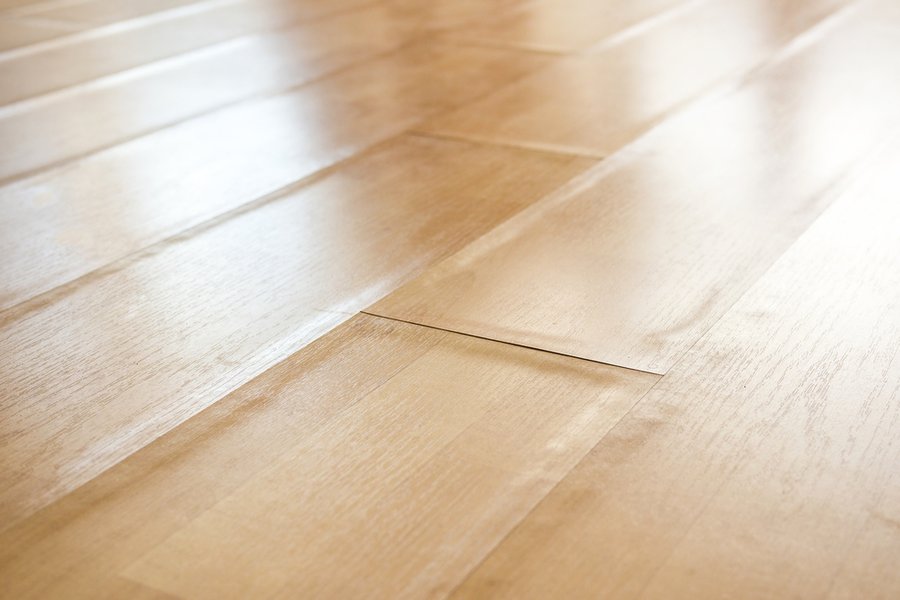
Have you noticed that certain parts of your floor squish or dip when you walk on them? You probably have a soft spot on your floor!
Discovering a soft spot on your floor may seem harmless. However, you should not ignore it. It is always best to address the problem as soon as possible to avoid further damage.
We can’t emphasize enough how important it is to prevent the soft spot from spreading. Repairing a small area on your floor may seem like a lot of work and additional expense, but the earlier you fix the problem, the less it will cost you.
How do you fix it? Should you replace the whole floor?
Each case is different, but you do not need to worry if it is just a tiny spot. You most likely do not need to replace the whole thing.
Before we begin, let’s discuss an overview of the topics. Here are the three steps in fixing a soft spot on a floor:
- Damage assessment.
- Addressing the cause.
- Fixing the soft spot on your floor.
This article covers step-by-step instructions on how to fix a soft spot on different floors.
How To Fix a Soft Spot in the Floor
If you are wondering whether you need to replace the soft spot on your floor, the answer is yes. However, you do not need to remove the whole floor! You will only need to replace a section where the soft spot is.
What if you have a hardwood floor? How do you fix a soft spot in it?
In this article, we will discuss the common causes of soft spots in the floor, how to end these problems, and then fix different types of flooring. Ensure that you follow these steps chronologically to save time and resources.
Step 1: Damage Assessment
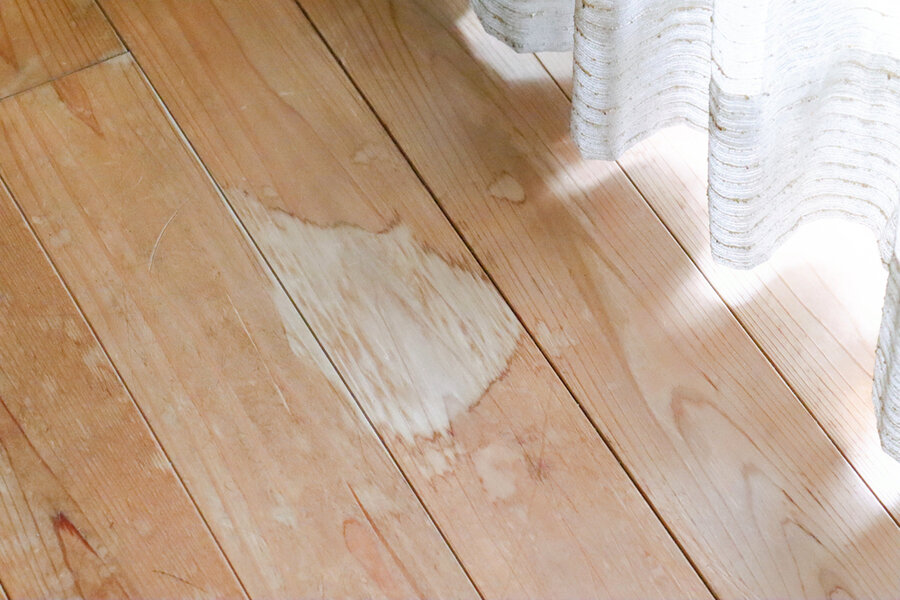
Assessing the damage before fixing the solution is important. Therefore, you must investigate if the soft spot is just one small area. The earlier you do this, the easier it is to fix it.
Here are several tips on how to assess the damage effectively:
- Check the exact location of the damage and where it ends. You must also check if there are other areas in the house where the soft spot has spread.
- Check the walls and floors, especially those covered in rugs or carpets.
- Look for damaged building materials such as molds, cracks, leaks, or pests. While doing this, open the windows. If molds exist, you would want good ventilation to avoid inhalation.
- Determine the cause of the damage.
Step 2: Addressing the Cause
There are several reasons why your floor has a soft spot. To fix it, you must determine the root of the problem. Do not skip this step because preventive measures are necessary to prevent soft spots from reappearing on your floor.
Water Damage
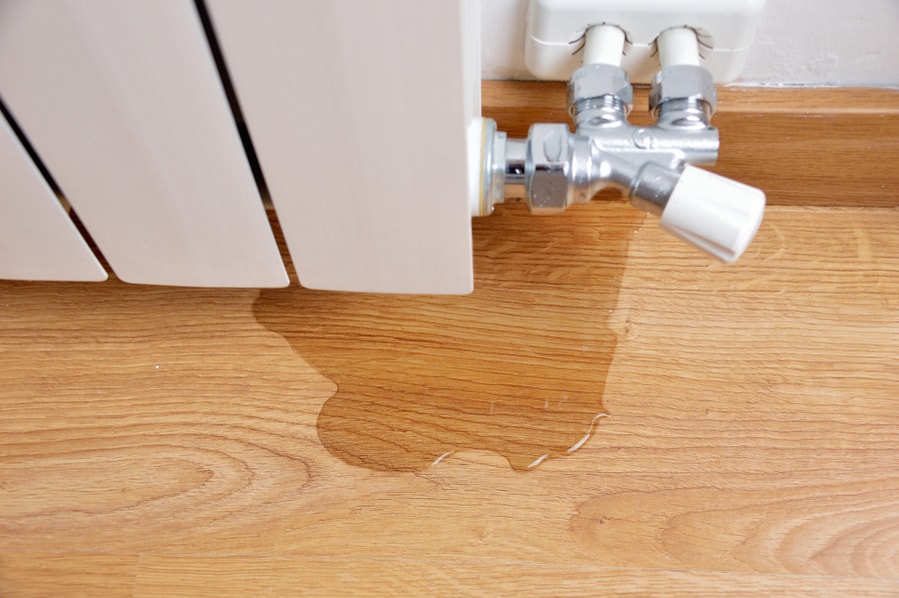
Soft, damp, or moldy spots on your floors and walls are uncommon signs of water damage. In fact, water damage affects around 14,000 people in the U.S. every single day.
Sources say that 98% of basements experience water damage to a degree and many homes face risks of flooding every day.
If you suspect water damage, here are areas you need to check:
- Check water sources like faucets or damaged pipes.
- Assess malfunctioning appliances like air conditioners, washing machines, and sprinkler systems.
- Look for areas affected by heavy storms.
- Examine blocked drains or clogged gutters.
Call a plumber before replacing the floor material if you are experiencing water damage.
It is also essential to address water damage before replacing the material on your flooring to prevent further costs from repairs.
Pests

Do you notice finely powdered wood on your wooden floors? These are called frass. What about tiny perforated holes? If you notice these signs on your wooden floor, you might have pests inside your home. There are several types of wood-boring insects that can cause this.
Here are several frustrating little pests to watch out for:
- Termites produce oval-shaped frass with elongated edges and six flat surfaces. They look similar to tiny pellets.
- Powderpost beetles have many species. Most of them produce frass that looks like talcum powder.
- Carpenter ants’ frass looks like wood shavings. They like to burrow on damp wood, so if you have some water damage that was left unattended, carpenter ants will thrive in them.
If you suspect an infestation, call an exterminator immediately.
Professional help is essential if the cause of the soft spot on your floor is pest infestation. A professional will assess the damage and get to the root of the problem while minimizing furniture or structural damage.
Uneven Subfloor

Subfloors are typically installed between the flooring and the concrete to keep them strong and avoid noise. It also serves as insulation. Subfloors are usually installed on a uniform surface when first installed.
Unfortunately, they may become uneven with time, becoming loosely attached. Even small movements may cause soft spots on hardwood floors.
Step 3: Fixing the Soft Spot on Your Floor

Replacing the flooring material is tricky, but we are here to help you in every step! Laminate and wood floorings are the easiest to replace because they can be removed in sections. At the same time, soft spots on laminate or vinyl floors are easy to fix.
However, you don’t need to remove or replace anything in most cases, especially if you have an uneven subfloor. Here are the easy steps to fix uneven subfloors.
What You Will Need
- Driller
- Side cutters
- Inflator pin
- Electrical tape
- 3/32nd drill bit
- Painter’s tape
- Expanding Foam
Step-by-Step Instructions
- Prepare your tools. Using a side cutter, cut the tip of the inflator.
- Attach the inflator to the tube of the expanding foam. Push it inside the tube as far as possible and secure it with electrical tape to ensure it doesn’t fall apart.
- Attach a 3/32 bit to the drill.
- Find the center point of the soft spot. Drill a hole.
- Put a piece of tape on the center point and create a little hole in the tape. Make sure it’s aligned with the hole in the floor.
- Shake the can of expanding foam before using it.
- Slowly inject the expanding foam into the floor. Don’t rush because adding more expanding foam may cause the laminate floor to bend.
- Apply pressure on the laminate floor. Knock the surface to see if the sound is similar to the other locations.
- Once done, clean the surface.
Summary
- A soft spot on the floor may seem harmless, but it is essential to address it immediately.
- If the soft spot is damp and moldy, you might be experiencing water damage. You must call a plumber to fix leaky pipes and faucets.
- If the soft spot has fine powdery frass, it could be a pest infestation. A professional exterminator is needed to get rid of them.
- If you have no water damage or pest, your subfloor is most likely uneven due to usage.
- The easiest way to fix the floor with an uneven subfloor is by injecting expanding foam into it.
Frequently Asked Questions
How To Fix a Soft Spot on the Floor?
Here are four basic steps for fixing the soft spot on the floor:
- Assess the soft spot and the extent of the damage.
- Determine which is causing the soft spot: water damage, pest infestation, or uneven subfloors.
- Call professionals to address water damage and infestations.
- Easily fix your uneven subfloor by using expanding foam.
What Causes a Squishy Floor?
It is essential to assess the damage before fixing your floor.
Here are some of the most common causes of a squishy floor.
- Water damage and mold.
- Pest infestations that termites, powderpost beetles, or carpenter ants cause.
- Uneven subfloor.
How Much Does It Cost To Fix Soft Spots on the Floor?
It depends on the repair procedure. Hiring a professional to fix the soft spots on laminate floors costs about $150 and $450. However, if the soft spot is not that big, you can DIY by using an expanding foam that costs about $1 to $2.
Why Does My Floor Bounce When I Walk on It?
There is a good chance you have a soft spot on your floor if your floor bounces when you walk on it. You should get this fixed immediately to avoid further damage.


